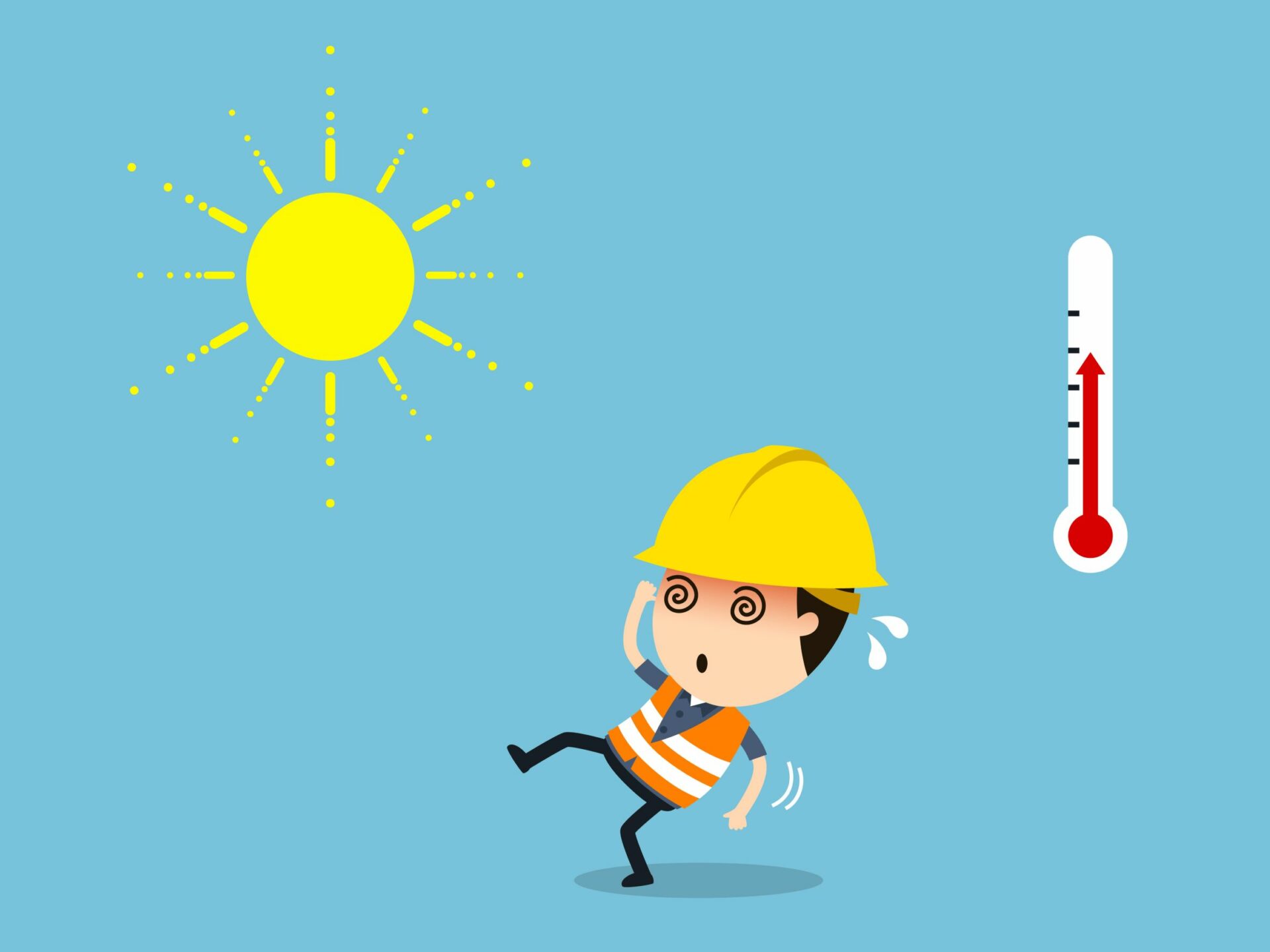Spring is almost upon us so that means it’s time to start preparing for the heat. Heat illness prevention is something that every company needs to think about. When the weather is too hot, workers are at a higher risk of injury. If not treated, heat exhaustion can lead to heat stroke which can be fatal.
OSHA started their Heat Illness Prevention campaign in 2011 to educate employers and workers on the dangers of working in the heat. OSHA offers training sessions, outreach events, information sessions, publications, social media messaging and media appearances. The key points of the campaign are Water, Rest and Shade.
Workers in many occupations are at high risk for exposure to heat stress. Especially vulnerable are outdoor workers who have highly physical tasks such as:
- firefighters
- miners
- construction workers
- landscapers
- delivery workers
- oilfield support services
- agricultural workers
Several factors affect the body’s ability to cool itself such as the temperature of the work environment, age, obesity, dehydration, alcohol use, mental illness and sunburn. The best thing employers can do is make sure workers are provided water, rest and shade.
Another thing employers can do is be aware of the signs and symptoms of heat illness and train workers to recognize the symptoms as well.
Symptoms of heat illness may include but not be limited to:
- Headache
- Weakness
- Dizziness
- Irritability or confusion
- Thirst
- Nausea or vomiting
- Fast heartbeat
Employers should establish a written safety policy for heat illness prevention and make sure employees are trained on the program.
Employers can also establish engineering and administrative controls such as mobile air conditioning units, and/or heat-absorbing barriers, limiting time in the heat through scheduled rotation, increasing number of workers per task to limit amount of time exposed to the heat, provide adequate amounts of water, and instituting a heat acclimatization plan. Most outdoor fatalities, 50% to 70%, occur in the first few days of working in warm or hot environments because the body needs to build a tolerance to the heat gradually over time.
Heat Exhaustion
Heat exhaustion occurs due to a condition where the body has experienced excessive heat and can no longer maintain a normal core temperature. This can be caused by a loss of large amounts of fluid through perspiration. Workers experiencing heat exhaustion should lie down or sit in a cool or shady area. He or she will need to drink plenty of cool liquids, preferably a sports drink with carbohydrates and electrolytes. First aid providers should spray water or apply cool, wet cloths to the workers head and torso. Using a fan can also speed evaporation and lower his or her body temperature. If signs or symptoms get worse or do not improve in about an hour, the worker should be taken to a medical clinic or hospital to be evaluated by medical staff.
Heat Stroke
Heat Stroke is a little different than heat exhaustion. Heat stroke is the most severe heat-related illness. It occurs when the body’s temperature regulating system fails and sweating becomes an inadequate way of removing excess heat, and can occur when the body temperature reaches 104° F. Heat stroke requires immediate medical attention and can be fatal. Symptoms of heat stroke may include the following:
- Red, hot dry skin
- Very high body temperature
- Sweating profusely
- Rapid weak pulse
- Shallow breathing
- Loss of consciousness
- Seizures
There are several steps to take when you notice someone showing the signs of heat stroke. Heat stroke is a medical emergency, so call for help immediately and perform the following steps:
- Lay the worker on his or her back unless he or she is unconscious.
- Remove any objects close by in case the victim has a seizure.
- If the worker is conscious, provide cool water to drink.
- Place ice packs under the armpits and in the groin area to cool them down.
If you’d like a comprehensive heat illness training program check out our DIY in-house training kit. We also have this training available on our LMS online training platform. Don’t hesitate to reach out to us with any questions. We are happy to help.
Call 833-277-7022 or email us at sales@jjsafetyllc.com to learn more about heat illness prevention.

